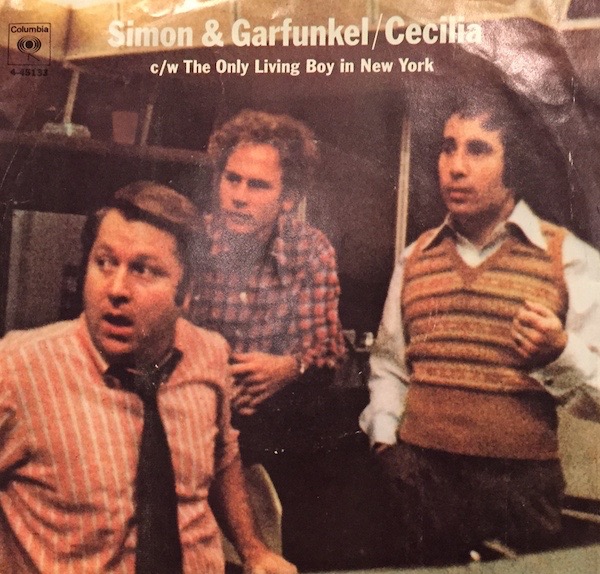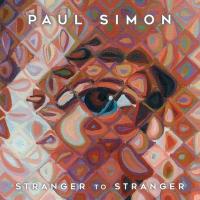Simon and Halee Reunited Again Make Musical and Sonic Magic
Halee and Simon implement here cut and paste production techniques similar to ones used on both Graceland and Rhythm of the Saints”, which Simon describes in the fascinating liner notes.
Rhythm tracks were assembled and built from collaborative recording sessions with other musicians and groups of musicians including one with a Flamenco group that provided hand claps and heels on wooden floors as well as “phoned in” ones from the Italian electronic dance music producer Clap! Clap! (Digi G’Alessio).
Simon strikes a bemused, but satisfied observational tone throughout, sometimes talking as much as singing, beginning on the opener, "The Werewolf", which commences with a “twang” produced by the Gopichand from India.
The instrument spoke “the werewolf” when Simon played it and from that inspiration came the song. The song’s rhythm track began as a slowed down Flamenco clapping and talking drum track.
While the subject is mortality it’s hardly morbid. In fact it’s a chuckler.
Next up is “Wristband”, a song about privilege that takes its narrative from the movie “Birdman” and every performer’s nightmare of being locked out of his or her own concert venue. It was one of the last songs written for the album and it includes these, you might say prescient lyrics:
– The riots started slowly
– With the homeless and the lowly
– Then they spread into the heartland
– Towns that never get a wristband
– Kids that can’t afford the cool brand
– Whose anger is a shorthand
– For you’ll never get a wristband
The album ends with the ethereal “Insomniac’s Lullaby”, which was the initial spark that led to the album’s creation. It demonstrates that Simon’s melodic muse still speaks clearly to him. To realize the song Simon and Halee visited in February of 2013, New Jersey’s Montclair State University where resided the musical visionary/composer Harry Partch’s unique musical instruments, capable of realizing the forty-three tones per octave (as opposed to the standard twelve) Partch heard.
The instruments, with fanciful names, some of which are Cloud Chamber Bowls, Sonic Canons, Marimba Eroica, Kithara and Chromelodeon are heard on the record and help give it a frequent dream-state sensibility.
In the summer of 2014 Simon visited a small town in central Brazil to meet the healer John of God, which Simon describes in the notes as being an “intense experience” and one which left him the feeling of having been cleansed of something that was troubling him.
“Proof of Love”, written about the experience, references The Impressions’ “Amen” in its chorus. Those familiar with Roy Halee’s production work will sense his subtle sonic presence in the mix of instruments and effects. I was reminded of “Save the Life of the Child” from Bookends.
Though Simon’s notes reveal some of his inspirations as well as some of the more mundane aspects of the collaborative creative process, the end result is an album that’s as otherworldly and mysterious as it is immediately accessible.
As with Graceland, the musical and especially the sonic results are far greater and more cohesive than the sum of the parts. Hardly a musical second passes before something new and interesting floats past your ears in the transparent and coherent mix.
This is an album that will draw you in and keep you immersed throughout, so strongly and subtly drawn are the sonic pictures.
Of course the recording was high resolution digital. Halee and engineer Andy Smith make the most of its clarified possibilities, helped by the production’s desired distant feel.
Simon and label Concord went all out on the packaging, which includes superb graphics as well as a richly textured jacket material. The sound on vinyl is superb. I haven’t heard a download but it’s nice to put this latest Paul Simon album on the shelf next to the twelve previous ones.
Simon and Halee are still at the top of their games. I just wish the download card had included a high resolution file instead of just MP3.
Simon, Garfunkel and Halee a "few" years ago:




